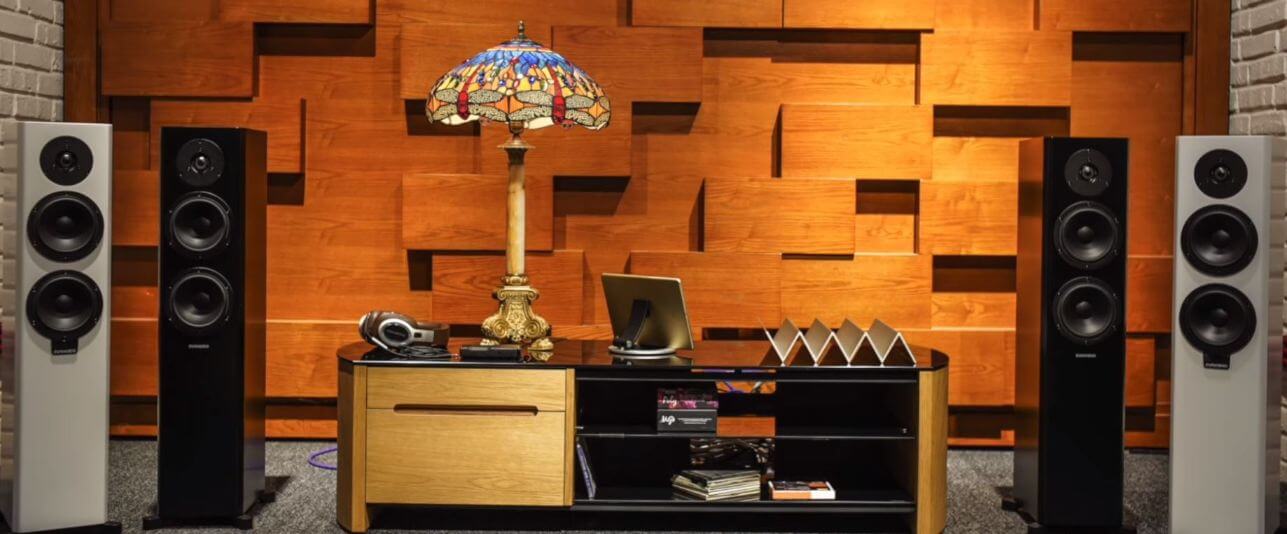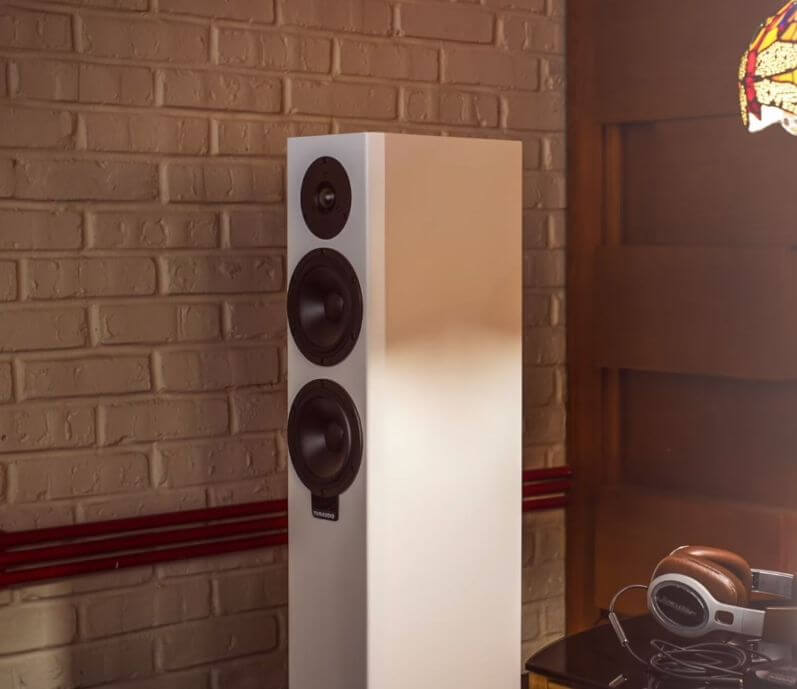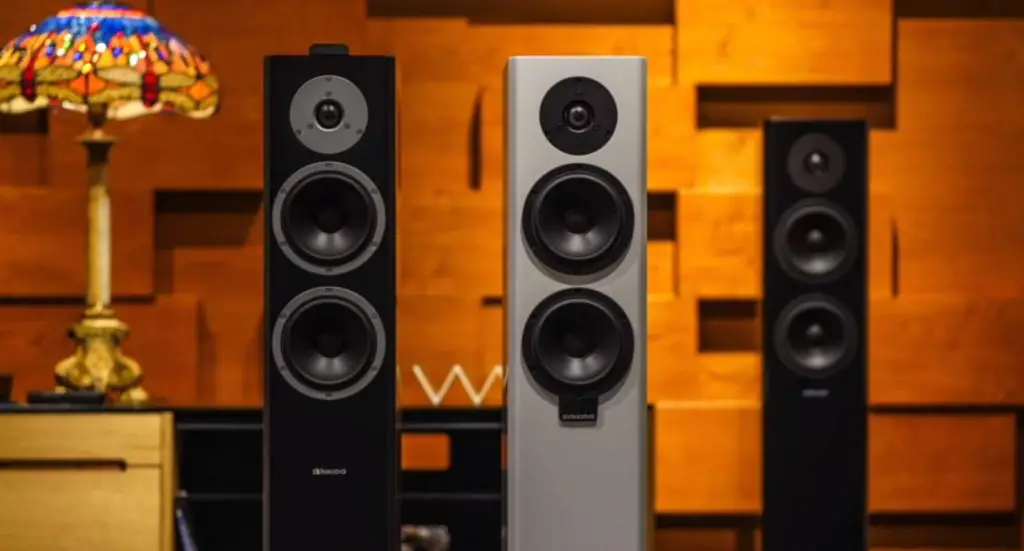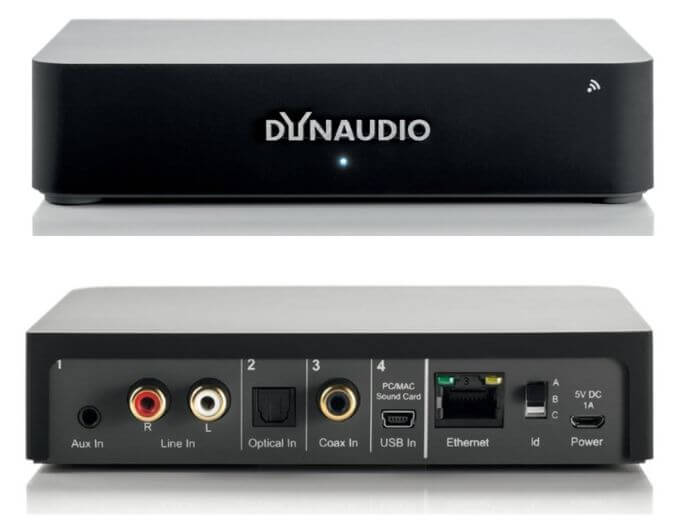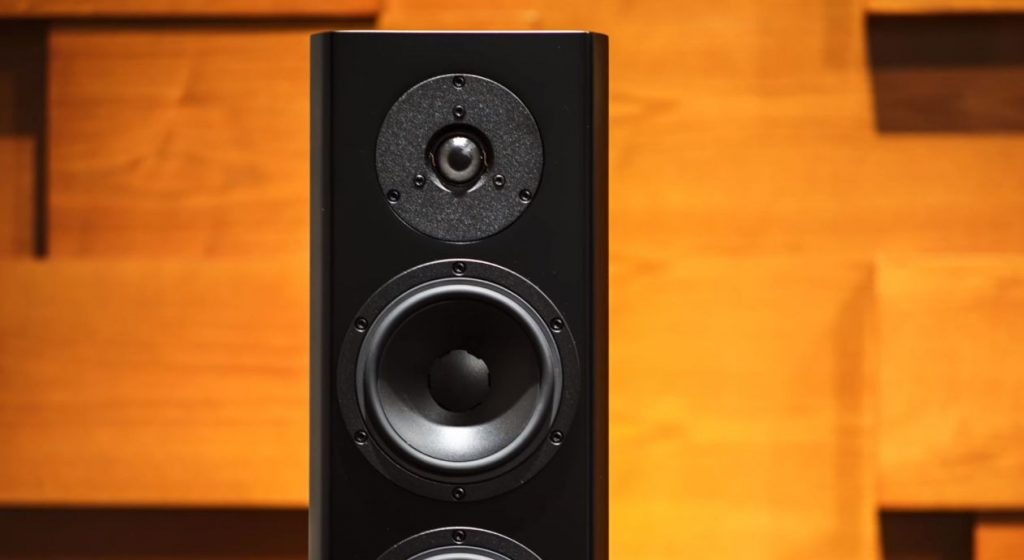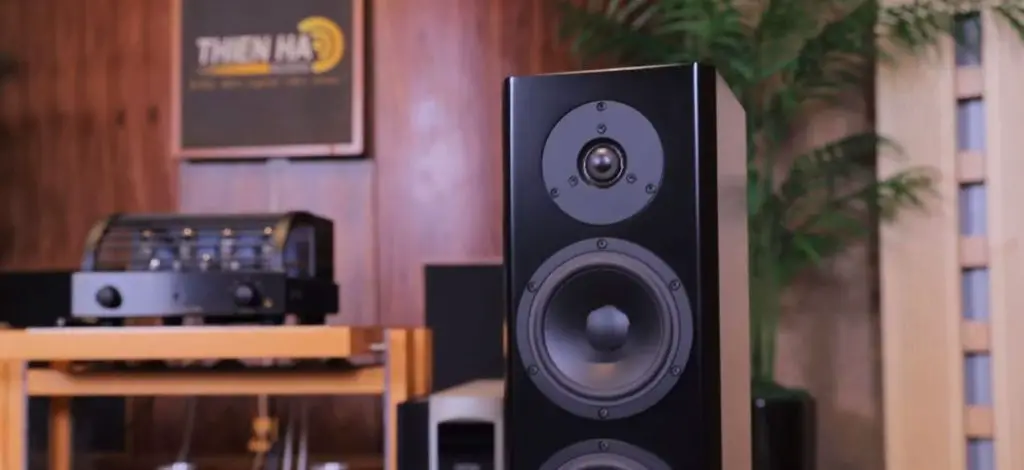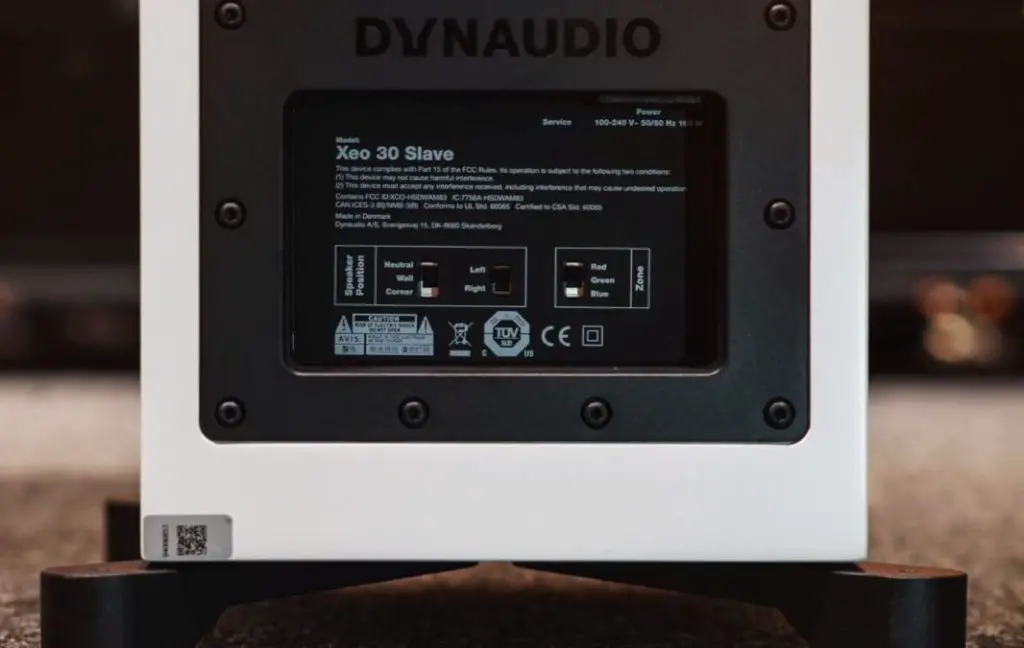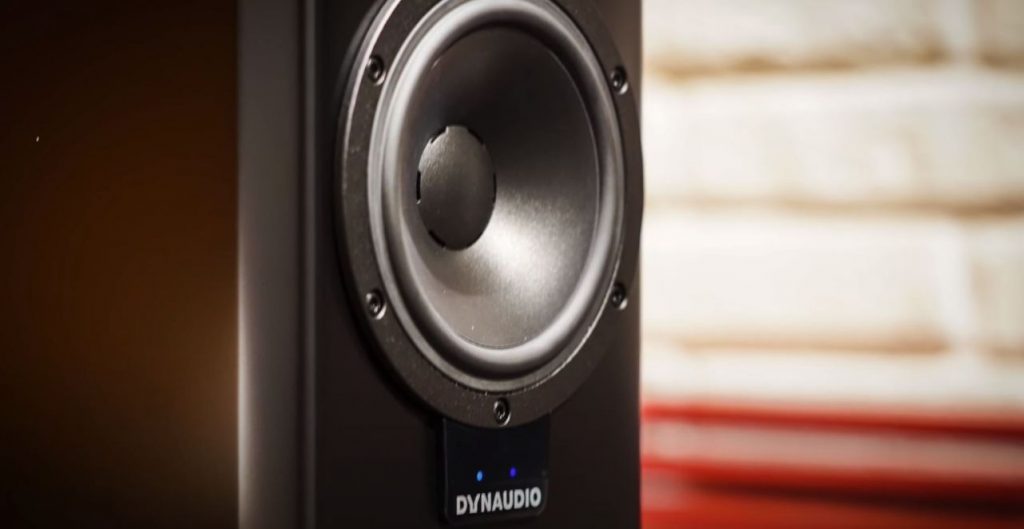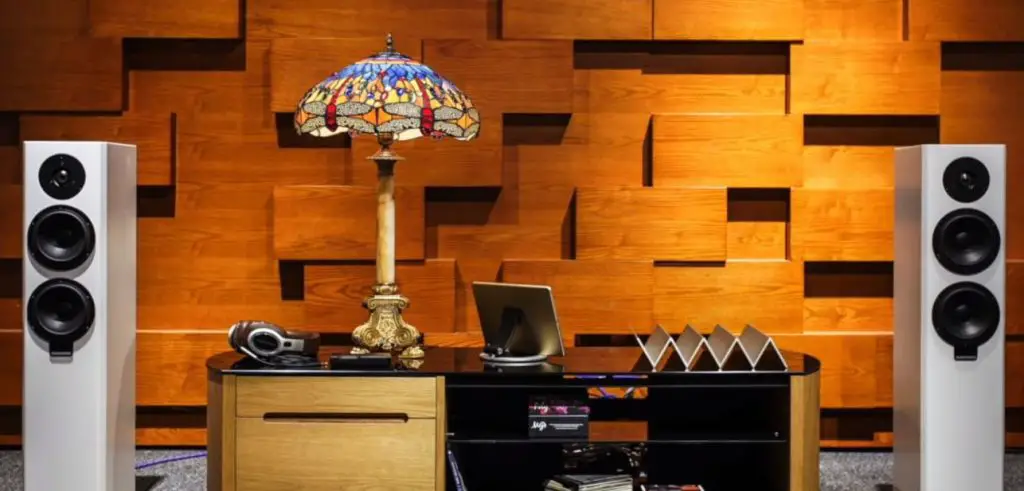Dynaudio XEO 30 Review
As early as 2012, Dynaudio took the lead in launching the XEO series, advertised as the Wireless Hi-End speaker. People were concerned that the digital wireless active speakers would erode the traditional Dynaudio speaker market? But it proved that wireless speaker is a trend, and Dynaudio must take the lead. Dynaudio is confident that digital wireless speakers are a new market that can open up the virgin land for a more significant market besides the current audiophiles—and now introducing the Dynaudio XEO 30 wireless floor-standing speaker.
From the start of Dynaudio’s Wireless speaker business in 2012 and to now, XEO evolved to the third generation, which opened up new markets and caused many Hi-End manufacturers to compete to launch products of the same type. It can be seen that Dynaudio was certainly farsighted, The first to see new opportunities in the audio market.
Design
After three generations of evolution, the essential design elements of XEO 30 have not changed. They are still digital, active, and wireless speakers, forming a complete audio system. However, XEO 30 has a more concise Danish design style. In the past, to facilitate wireless digital signal transmission, there was a bump outside the XEO speaker cabinet. Now the wireless receiver module is hidden under the woofer, and the outline of the XEO 30 becomes elegant and straightforward.
For the driver unit, the XEO 30 has not changed much. It still uses the 28mm silk soft-dome tweeter that Dynaudio is proud of. It is paired with dual 140cm MSP diaphragm mid-woofers, and the voice coil is wound with light-weight aluminum alloy. The DSP part of the speaker is based on the professional monitor speaker LYD 5 of Dynaudio.
On the rear of XEO 30 speaker are input interfaces, including a 3.5mm headphone terminal and RCA, convenient for cable connection to the TV. It also adds optical fiber digital input, which supports 24bit/96kHz and has a built-in Bluetooth receiver. Simply put, it dramatically enhances the XEO 30’s wired and wireless input functions.
Wireless Connection Feature
However, because XEO 30 adds digital and analog cable and has powerful Bluetooth features, the remote control is significant. Please don’t lose it. You can use Bluetooth to connect to the mobile phone or tablet, providing an incredible listening experience.
Connect is a wireless transmitter box designed by Dynaudio for its own digital wireless active speakers. It can integrate various digital and analog music sources. With Bluetooth and the 3.5mm and RCA analog input of XEO 30, Connect is not necessarily necessary to be equipped with. When I was preparing to listen to XEO 30 for the first time, I was still looking for the Connect black box. In the past, I used it quite a lot. But after actually playing XEO 30, I realized that Connect is not necessarily needed, and it is more convenient.
When you connect the XEO 30 wireless speaker with your mobile phone’s Bluetooth, the pairing function is simple and easy to use. Use the remote control to switch the input source to Bluetooth, and you are ready to find XEO 30 pairing on your phone. After the pairing is complete, you can start listening to music.
The volume designed by Dynaudio is a bit interesting. I turned the music player’s volume to the maximum on my mobile phone and felt that the book was not enough. Don’t worry. It’s not the limit of XEO 30. I can increase the volume by picking up the dedicated remote control. At this time, relying on the amplifier circuit inside the XEO 30 to increase the gain, you can operate the Dynaudio XEO 30 wireless floor-standing speaker to its maximum volume.
Digital Design Feature
The built-in DSP of XEO 30 has been evolved for quite a long time, thus has the power to handle different situations. Even if you use the maximum volume to play, it will not let the XEO 30 get out of control. Of course, you will feel that the speakers have reached the limit, and the music sounds a little tight. If you lower the volume a little, the fineness of the music will be much better. This principle is similar to using a zoom lens. When you push it to the most comprehensive end and the farthest end, the effect will not be the best, but the middle section of the zoom range is the best.
When I use the Dynaudio XEO 30, the iPhone is almost always turned on to the maximum volume, which is the most comfortable to listen to. The music is dynamic enough, and the details are rich. When I want to listen to a higher level, I use the remote control to push the volume, letting the XEO 30 continue to operate louder than the iPhone’s maximum volume. Press the remote control to change the volume a lot, and sometimes the volume will suddenly burst. It may be that the XEO 30’s gain adjustment span is relatively large. Try it a few times, and you’ll get used to it. Don’t be afraid to overpower the XEO 30. The original factory has optimized the DSP to the best condition and won’t blow it.
Before entering the listening experience description, I would like to remind you of listening height. After all, XEO 30 is Dynaudio’s entry-level digital wireless active floor-standing speaker. The speaker height is a little lower. If you sit on the sofa to listen, the height is just right. But if you are sitting at the height of a general desk and chair, it will be a little too high for XEO 30 wireless speaker, and the sound field will also be lower. So the speaker’s position or your listening position is essential for the listening experience.
Setup and Placement
My listening room is more than 20 square meters, and the XEO 30 looks relatively petite. I made a speaker arrangement for near-field listening. The two speakers’ width is about 1.5 meters, and the listening position is about 1.5 meters away from the speaker, making a perfect sweet spot. A beautiful and wide sound field is naturally formed behind the speaker, and the speaker disappears into space.
Of course, unless there is a dedicated listening space at home, it is not easy to place the speakers like this. XEO 30 also has simple space equalization adjustments.
Setting the Wall mode position while placing the speakers against the wall can reduce the low-frequency volume and prevent the low-frequency standing wave from affecting the sound transparency. If you put the XEO 30 in the corner, switch to the corner mode to make the low frequency a little bit less. And I use the Neutral mode when the XEO 30 is far away from the back wall and the sidewall, which can give full play to the low-frequency energy of the XEO 30.
These modes are very convenient to switch. There are simple switches on the XEO 30 back panel. Playing music with rich low-frequency, switch the low-frequency volume knob to compare and find out which mode you like. Also, the left and right channels of the XEO 30 should be switched by yourself. When you place the speakers in the proper position, don’t forget to check the left and right gears’ gears to see if they are switched in the correct position. If they are In the wrong channels, that will weaken the stereo audio image. If the cut is reversed, the sound field will be reversed.
Easily set up the Dynaudio XEO 30 wireless speaker, Use the mobile in pairing mode, and play it with iTunes via Bluetooth. This pair of small floor-standing speakers speak for what they are.
Sound Performance
I started listening to rock music. I chose Guns N’ Roses’ “Sweet Child of Mine”. The cohesive strength of electric guitars, combined with electric bass and jazz drums, has an intense rock atmosphere. And its musical energy surpasses the size of my Dynaudio XEO 30 speakers.
Then the “Born In the USA” on Apple Music. The simple but powerful drum set accompanied the famous electronic synthesizer in the 1980s, and Bruce Springsteen’s hoarse voice expressed the shouts of the young Americans of that era. I turned the iPhone volume up to the maximum and tuned it to the maximum limit of XEO 30. The more I listened, the more surprised that the relatively small speakers of XEO 30 could have such intense rock energy. I was blown away.
The XEO 30 is full of energy while listening to rock and roll, and it’s no problem to listen to classical music either. I chose Schubert’s “Winter Journey.” The music is transformed to a digital version using an analog recording. If you turn on the volume of XEO 30 loud enough, you can hear the background analog tape’s subtle noise, allowing you to feel the recording age. But it sets off Fisher Disco’s voice more warmth. Moore’s piano accompaniment also follows suit. Moore has written a book called “Am I Too Loud?” which talks about the difficulty of piano accompaniment vocals. How to control the piano’s volume varies from person to person. On the XEO 30, the piano carefully follows the singing and echoes with appropriate intensity. The details of this singing and performances can be presented in the XEO 30’S performance.
I would also like to mention the volume setting of XEO 30 tower standing speaker . The maximum volume preset by Dynaudio is a bit conservative. I always pick up the remote control and increase the volume up to hear richer recording details. The maximum volume preset by the speaker is the most comfortable volume for XEO 30. This is also the right volume for relaxing and listening to music at home. However, my job is to test the strength of the speakers.
It is unavoidable to drive a bit more vigorously, so every time, Everyone picks up the remote control and pushes the volume up again, like listening to “Winter Journey”. If you use the maximum volume preset by XEO 30, the background hiss is very low. It would help if you used the remote control to increase the volume, then the music details will become more prosperous.
I also take the soundtrack of the movie “Les Miserables” and listen to “On My Own,” sung by Samantha Barks. The scene in the movie is walking in the rain on the streets of Paris. On XEO 30, you will not miss the sound of raindrops in the music background. The singing voice of Samantha Barks is condensed and clear, and the orchestra warmly pampers the background. The expression of Samantha Barks singing in the rain is vivid in XEO 30. Dynaudio XEO 30 floor-standing speaker never let go of these emotions hidden in the singing and used rich musical details to strengthen deep feelings.
The adequately placed XEO 30 has a beautiful sound field. I want to take Vivar’s “Four Seasons” as an example. I listened to Mute’s version. For the third movement of “Summer”. This is a period of thunder, lightning, and wind. In the scene of heavy rain, the XEO 30 is opened up, and the string orchestra’s lightning-like phrases are more substantial, setting off the stormy summer afternoon. When the violin solo emerges, the sound field converges. The violin’s sound image is condensed, and the position is centered. When changing to the orchestra to play, and the sound field widened.
Although the XEO 30 is small in size, it is soft and rigid. To talk about softness, I would like to talk about the adagio movement of Chopin’s Piano Concerto No. 2. The introduction of strings kicked off, and the piano monologue was ushered in. On XEO 30, as long as the listening environment is quiet enough and you are focused on listening to the music, you will never miss the pianist’s unique detailed portrayal, bringing in a gentle and beautiful theme melody. Listening to soft music, XEO 30 easily presents a mellow and refreshing beauty.
Then listen to the fourth chapter of “Beethoven Symphony No. 7”. The orchestra played vigorously, XEO 30 showed a violent scene. The string group and the wood pipe group interweave the rapid flow of notes, and the luster of the symphony orchestra is more bright. Little Kleber and the Berliner Philharmonic recordings are classic, fast-rotating phrases, rhythmic like a dance, with extraordinary momentum. I only use the small XEO 30 to show a strong symphony orchestra momentum. Close my eyes and enjoy the 8 A minute-and-a-half minute movement. As the finale approaches, the little Kleba plays the Berliner Philharmonic more vigorously, the orchestral speed gets faster and faster, and the last note is neatly put away. This XEO 30 expresses intense music.
Conclusion
After listening to XEO 30, I can only say that the new generation of Dynaudio digital wireless active speakers has become simpler and easier to use. You don’t necessarily need an external Connect box to play XEO 30 easily. The more I listen to XEO 30, the more I feel that I can’t match the sound better than XEO 30 at the same price.
If you want to sound as good as Dynaudio XEO 30 floor-standing speaker while buying the Dynaudio passive floor speakers of the same level, with a high-quality integrated amplifier and CDplayer, the price may be twice as high as XEO 30. Although this Dynaudio audio system lacks the fun of playing an amplifier, it is of relatively great value. For those who want to listen to music, XEO 30 is the best choice for a limited budget.
Dynaudio XEO 30 Specs
- Analogue inputs: Mini-jack, RCA stereo
- Digital inputs: Toslink
- Wireless: 24-bit / 96kHz
- Frequency response (±3dB): 36Hz – 21kHz
- Box principle: Bass reflex
- Crossover: 2 1⁄2-way DSP-based
- Crossover frequencies: 200/4300Hz
- Woofer: 2 x 14cm MSP
- Specification sheet for Xeo part 1
- Tweeter: 28mm soft dome
- Amplifier power: 3 x 65W
- AC power input: 100V – 240V, 50/60Hz
- Standby power consumption: <0.5W
- Maximum power consumption: 165W
- Weight: 13.4kg / 29.5lbs
- Dimensions (W x H x D): 180 x 825 x 246mm
- Dimensions with feet/grille (W x H x D): 228 x 852 x 275mm
